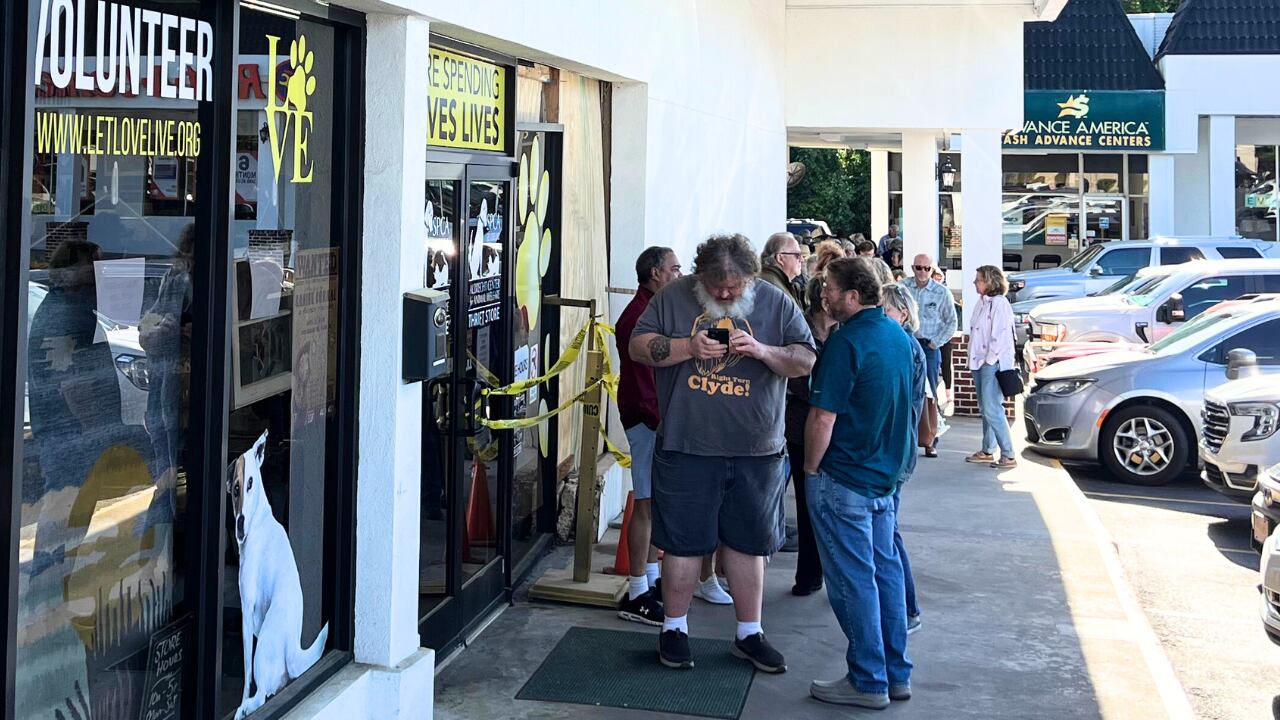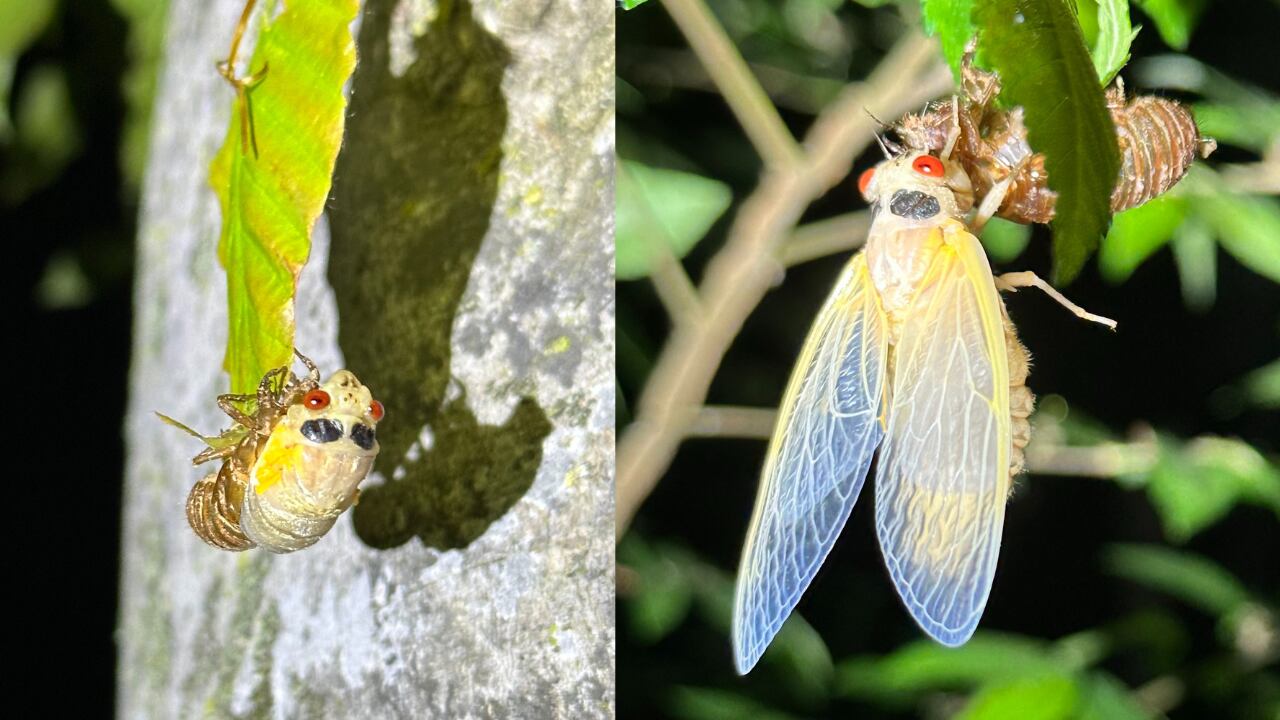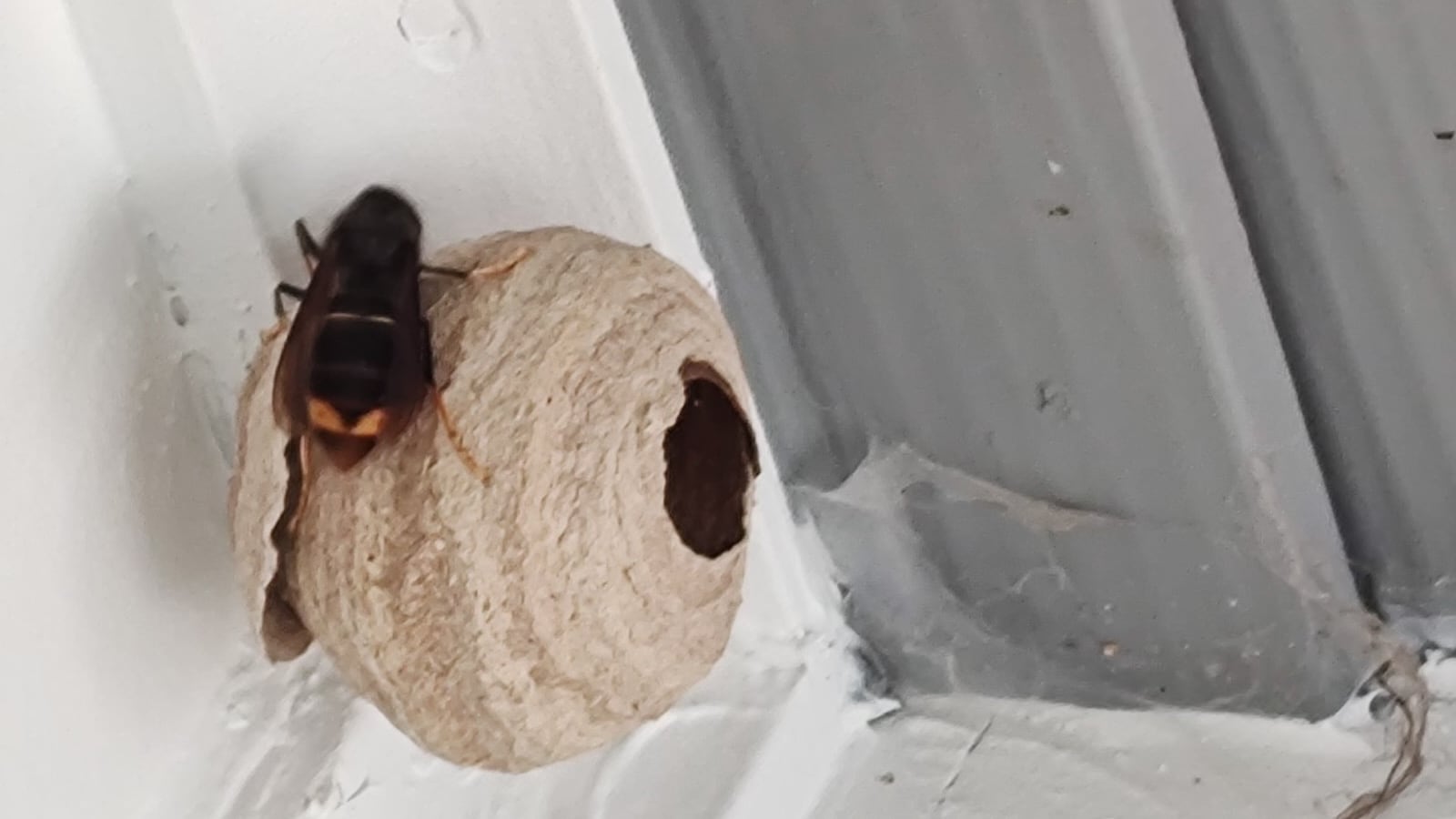South Carolina Aquarium sees influx of sea turtle patients
CHARLESTON, S.C. (WCSC) - In less than two weeks, the South Carolina Aquarium has received seven new sick or injured sea turtle patients requiring medical attention from their Sea Turtle Care Center.
The aquarium typically only sees around 30 to 40 turtles a year so receiving this amount at once is quite significant. These turtles all have fairly critical injuries, so aquarium staff has been hard at work.
Typically, a sea turtle can anticipate a four to six-month stay at the aquarium while they heal, but the time varies depending on how sick or injured the turtle is.
The aquarium works closely with the South Carolina Department of Natural Resources to find these turtles.
MORE | Community donates to SPCA after crash at Aiken thrift store
The SPCA Albrecht Center’s thrift store in Aiken continues to recover after a drunked driver smashed the front of the store.

Once the sea turtles come in, emergencies are tended to first and then they undergo several exams to determine their treatment plan. The turtles are nursed back to health and released back into the wild once they are deemed healthy.
Ashley Wright, a sea turtle biologist at the aquarium, says the staff does not like to habituate the turtles, so they keep their human interactions to a minimum. She says they do not want the turtles to associate people with food and be apt to swim up to a boat. Boats tend to be a common cause of injury for these sea turtles.
Before the turtles are released, they go through a clinical and physical checklist to make sure they are eating, swimming and defecating properly and that their medical problems are solved.
MORE | Are you seeing lots of cicadas in the CSRA? You’re not alone
Folks are starting to see cicadas ahead of the expected “simultaneous explosion” of two broods — and the insects may not look like you expect.

The turtles are not released where they were found, but where they are supposed to be that time of year based on their size, species and water temperatures.
Wright says receiving this many turtles at once was significant because they typically have turtles trickling in throughout the first few months of the year. This year they did not receive any until two weeks ago and then it all happened at once.
Wright shared what it means to her to work with the aquarium team and save the lives of these turtles even during busy times like what they are experiencing now.
“Honestly, it’s a little bit overwhelming, but it is so great that we’ve got such a wonderful network,” she says.
MORE | 3 more invasive yellow-legged hornet nests found in region
Three more yellow-legged hornet nests have been found in recent days – one in Beaufort County, S.C., and two in the Savannah area.

The theme for naming this year’s turtles is breakfast foods, so each new patient will get a fun breakfast name during their stay at the aquarium. The seven new patients are:
- Biscuit, a juvenile green that washed ashore debilitated, underweight, dehydrated, covered in epibiota, with lesions on the neck and shoulders, a dislocated flipper and a damaged flipper.
- Eleanor, a juvenile green that arrived with a hook in her/his flipper.
- Strudel, a juvenile green that washed ashore severely lethargic and emaciated, with corneal ulcers in both eyes.
- Frittata, a juvenile green that was stranded, covered in sand and epibiota and had a severe ear infection.
- Poptart, a juvenile Kemp’s ridley that was caught on hook and line deep in the esophagus and needed surgery upon it.
- Hashbrown, a juvenile green sea turtle that arrived “smothered and covered” in mud and epibiota, indicating s/he has been sick for quite some time
- Pancake, a juvenile Kemp’s ridley that was also caught on hook and line in the flipper and had ingested plastic.
Copyright 2024 WRDW/WAGT. All rights reserved.














